AI Chatbots - Building Your Own Virtual Assistant
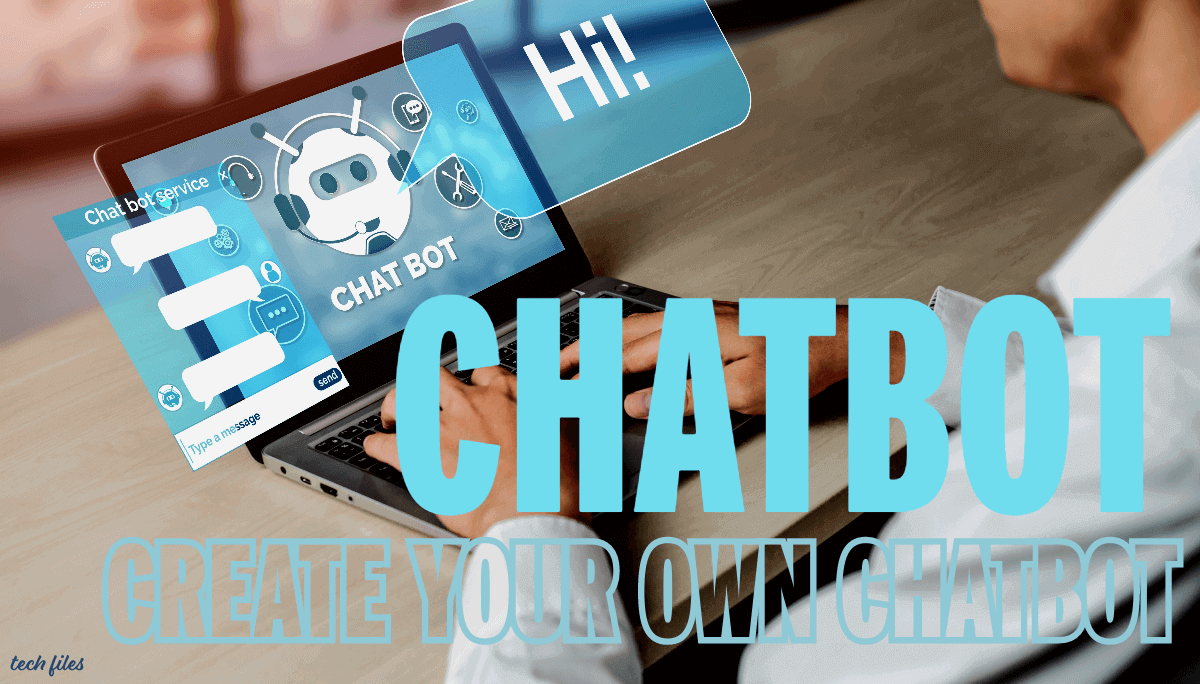
Artificial Intelligence (AI) chatbots have become an integral part of our daily lives, from virtual assistants like Siri and Alexa to automated customer service agents. These chatbots are revolutionizing the way we interact with technology, providing instant responses and automating tasks. In this comprehensive guide, we will explore the fundamentals of AI chatbots, their applications across various industries, and how you can build your very own virtual assistant.
Understanding AI Chatbots
Chatbots, also known as conversational agents or virtual assistants, are software programs designed to simulate human-like conversations. They utilize AI algorithms and natural language processing (NLP) techniques to understand and respond to user queries. Whether it’s answering frequently asked questions or automating complex tasks, chatbots serve as a bridge between humans and machines.
What Are AI Chatbots?
AI chatbots are computer programs that can conduct conversations with users through text or voice. They analyze user input, interpret the context, and generate relevant responses using AI algorithms and NLP techniques. These chatbots can be found in a wide range of applications, from websites to messaging platforms, providing immediate responses and facilitating smooth interactions.
How Do AI Chatbots Work?
The inner workings of AI chatbots involve linguistic analysis, data processing, and machine learning. They analyze the user’s input, interpret the context, and generate relevant responses. Machine learning enables chatbots to improve their performance over time by learning from user interactions. By continuously learning and adapting, AI chatbots become more proficient in understanding and responding to user queries.
Exploring Use Cases
Chatbots have become a versatile tool across various industries. Their ability to automate tasks and provide instant responses has led to their adoption in several use cases. Let’s explore some of the most common applications of chatbots:
Customer Service Chatbots
In the realm of customer service, AI chatbots have transformed the way businesses interact with their customers. These chatbots can handle routine queries, provide support around the clock, and even assist in troubleshooting issues. By automating customer service tasks, businesses can improve customer satisfaction, reduce response times, and save costs.
E-commerce Chatbots
E-commerce platforms have embraced AI chatbots to enhance the shopping experience. These virtual assistants can help users find products, process orders, and answer questions about product details and availability. With AI chatbots, e-commerce businesses can provide personalized recommendations and streamline the shopping journey for their customers.
Healthcare Chatbots
The healthcare industry has witnessed the emergence of AI chatbots designed to provide medical information, schedule appointments, and offer mental health support. These chatbots can be integrated into healthcare websites and mobile apps, making it easier for patients to access essential information and services.
These are just a few examples of the diverse use cases for AI chatbots. They can also be applied in industries such as banking, travel, education, and more, providing personalized assistance and automating tasks for enhanced user experiences.
Advantages and Limitations
Understanding the pros and cons of chatbot technology is crucial for anyone looking to leverage its potential. Let’s take a closer look at both sides of the coin.
Advantages of AI Chatbots
AI chatbots offer numerous advantages for businesses and users alike. Some key advantages include:
- 24/7 Availability: AI chatbots can provide round-the-clock support, ensuring that customers can receive assistance at any time.
- Scalability: Chatbots can handle multiple conversations simultaneously, ensuring that users don’t have to wait in long queues for assistance.
- Cost-Efficiency: Implementing chatbots can reduce operational costs by automating tasks that would otherwise require human resources.
- Personalized Assistance: AI chatbots can analyze user data and preferences to provide tailored recommendations and personalized experiences.
- Increased Customer Engagement: Chatbots can engage users in interactive and conversational experiences, enhancing user engagement and satisfaction.
Disadvantages of AI Chatbots
While AI chatbots offer significant benefits, there are also some disadvantages to consider:
- Limited Understanding: Chatbots may struggle to understand complex or ambiguous queries, leading to incorrect or irrelevant responses.
- Lack of Emotional Intelligence: Chatbots may have difficulty understanding and responding to emotions, leading to impersonal interactions.
- Dependency on Data: Chatbots require access to relevant and diverse datasets to provide accurate and meaningful responses.
- Continuous Improvement Required: Chatbots need regular updates and improvements to keep up with evolving user needs and technological advancements.
- Potential Security Risks: Chatbots may handle sensitive user information, requiring robust security measures to protect user privacy.
Creating Your Own Chatbot
Now that you’ve gained a solid understanding of chatbots, it’s time to dive into the exciting journey of creating your own chatbot. Whether you’re a business owner looking to enhance customer service or an enthusiast exploring AI, this section is your roadmap.
Introduction to Building a Chatbot
Creating a chatbot involves several steps, from defining its purpose to choosing the right development tools. Let’s begin with an introduction to the chatbot development process.
Necessary Tools and Resources
Before you start building your chatbot, it’s essential to gather the necessary tools and resources. Here’s what you’ll need:
- Programming Skills: Depending on your chosen approach, you might need proficiency in programming languages like Python, JavaScript, or Ruby for custom chatbot development.
- Chatbot Development Platforms: If you prefer a more user-friendly and efficient way to create a chatbot, you can explore popular chatbot development platforms such as Dialogflow, Microsoft Bot Framework, or IBM Watson Assistant. These platforms offer pre-built components and NLP capabilities, simplifying the development process.
- Data and Training Material: You’ll need datasets and training material to teach your chatbot. This includes text data for natural language understanding and examples of expected user interactions.
- Hosting and Deployment Options: Decide where your chatbot will be hosted. Cloud platforms like AWS, Azure, or Google Cloud provide reliable hosting options. You’ll also need to consider how your chatbot will be deployed to interact with users.
- Testing and Evaluation Tools: To ensure your chatbot functions as expected, you’ll need tools for testing and evaluating its responses. These tools can help identify and rectify any issues in the chatbot’s behavior.
With these tools and resources in place, you’re well-prepared to embark on the journey of creating your chatbot. In the next part of the article, we will provide you with a step-by-step guide to building your own chatbot. This guide will walk you through the entire process, from defining the chatbot’s purpose to testing and deployment.
Step-by-Step Guide to Building a Chatbot
If you’re interested in building your own AI chatbot, there are several steps and resources to consider. Let’s explore the process of creating an AI chatbot:
- Step 1: Define the Chatbot’s Purpose and Functionality Start by clarifying what your AI chatbot will do. Will it provide customer support, answer frequently asked questions, or assist with specific tasks? Define its primary functions and objectives to guide the development process.
- Step 2: Select a Suitable Programming Language or Development Platform Depending on your technical expertise and requirements, you can choose to develop a custom AI chatbot using programming languages like Python or JavaScript. Alternatively, you can opt for user-friendly chatbot development platforms such as Dialogflow, Microsoft Bot Framework, or IBM Watson Assistant.
- Step 3: Design the Chatbot’s Conversational Flow Create a conversational flowchart that outlines how the AI chatbot will interact with users. Define the key questions it will ask and the responses it will provide. This will help ensure a smooth and intuitive user experience.
- Step 4: Train the Chatbot with Data If you’re developing a custom AI chatbot, you’ll need to train it with relevant data and examples of user interactions. This step is crucial for natural language understanding and improving the chatbot’s ability to generate accurate responses.
- Step 5: Test Your Chatbot Before deploying your AI chatbot, thoroughly test it to ensure it handles various user inputs correctly. Identify and address any issues or inconsistencies in its behavior. This iterative process of testing and refinement is essential for creating a functional and effective AI chatbot.
- Step 6: Deploy Your Chatbot Choose a hosting and deployment option for your AI chatbot, whether on a cloud platform like AWS, Azure, or Google Cloud, or on a web server. Make sure it is accessible to users and integrate it seamlessly into your desired platform or channels.
By following these steps, you can create your own AI chatbot and customize it to meet your specific needs. Whether you choose to build a custom chatbot or use a development platform, careful planning and execution are essential for success.
Popular AI Chatbot Development Platforms
Creating an AI chatbot from scratch can be complex, but there are several chatbot development platforms available that simplify the process. Let’s explore some popular options:
Dialogflow
Dialogflow, a Google Cloud service, enables developers to design and integrate conversational interfaces into applications. It supports multiple platforms, including web, mobile, and messaging apps. Dialogflow provides natural language processing (NLP) capabilities to understand and respond to user queries effectively.
Microsoft Bot Framework
Microsoft Bot Framework is a comprehensive platform for building AI chatbots that can interact with users on various messaging platforms, including Microsoft Teams, Skype, and Slack. It offers tools and SDKs to create, test, and deploy chatbots with ease.
IBM Watson Assistant
IBM Watson Assistant is an AI-powered chatbot development platform by IBM. It allows developers to build chatbots that understand and respond to user queries using natural language processing. Watson Assistant is known for its flexibility and integrations with various applications.
These platforms provide a robust foundation for creating AI chatbots with advanced capabilities. They offer features like conversation management, integration with external services, and built-in NLP, simplifying the development process.
Best Practices for AI Chatbot Design
Designing an AI chatbot that delivers a smooth and natural user experience requires careful consideration. Here are some best practices to ensure your chatbot is well-designed and user-friendly:
Scripting Conversations
- Understand User Intent: Your AI chatbot should be adept at recognizing user intent using natural language processing techniques, deciphering what the user wants, and responding appropriately.
- Use Context: Maintain context during conversations. If a user asks a follow-up question, your AI chatbot should remember the context from the previous messages to provide relevant and coherent responses.
- Personalization: Where relevant, personalize interactions. Address users by name and provide tailored responses based on their preferences and history to enhance the user experience.
Designing Conversational Flows
- Keep it Simple: Avoid overly complex and lengthy conversations. Users prefer quick and straightforward interactions with your AI chatbot.
- Offer Clear Options: Provide clear choices for users to select from. This simplifies decision-making and reduces user frustration.
- Error Handling: Plan for handling errors and unexpected inputs. Your AI chatbot should be able to gracefully handle situations where it doesn’t understand or can’t fulfill a request.
- Testing: Continuously test and refine the conversational flow of your AI chatbot. Gather feedback from real users to make improvements and ensure a seamless user experience.
By following these best practices, you can create an engaging, effective, and user-centric AI chatbot that meets user needs and leaves a positive impression.
Integrating AI Chatbots with Messaging Apps
Integrating your AI chatbot with popular messaging apps can expand its reach and make it accessible to a wider audience. Here’s how you can integrate your AI chatbot with messaging apps:
Facebook Messenger Integration
To integrate your AI chatbot with Facebook Messenger, follow these steps:
- Register your chatbot with the Facebook for Developers platform.
- Create a Facebook App and configure it to work with your chatbot.
- Use Facebook’s APIs to send and receive messages through the Messenger platform.
- Test your chatbot on Messenger and deploy it for public use.
WhatsApp Integration
To integrate your AI chatbot with WhatsApp, consider these steps:
- Use the WhatsApp Business API to enable chatbot interactions on WhatsApp.
- Obtain the necessary permissions and access to the API.
- Develop and deploy your chatbot to function seamlessly within WhatsApp.
Slack Integration
For teams and businesses, Slack is a crucial communication platform. To integrate your AI chatbot with Slack:
- Create a Slack App in the Slack API portal.
- Configure your chatbot to interact with Slack users.
- Use the Slack API to send and receive messages.
- Deploy your chatbot to Slack workspaces.
Integrating your AI chatbot with messaging apps enhances convenience for users, allowing them to interact with your chatbot in their preferred communication channels.
Future Trends in AI Chatbot Technology
The world of AI chatbots is continuously evolving, and several exciting trends are shaping their future. Here’s a glimpse of what to expect:
Advanced AI and NLP
AI chatbots will continue to benefit from advancements in artificial intelligence and natural language processing. They will become even more capable of understanding context, nuances, and user intent.
Voice Recognition
Voice-activated AI chatbots, like the ones found in smart speakers, will become more sophisticated. They will offer a seamless and natural way to interact with technology through voice commands.
Multilingual Chatbots
AI chatbots that can communicate in multiple languages will cater to a global audience, breaking down language barriers and enabling seamless interactions.
Emotional Intelligence
AI chatbots with emotional intelligence capabilities will understand and respond to users’ emotions, enhancing their ability to provide empathetic and personalized support.
Industry-Specific Chatbots
Businesses will increasingly adopt industry-specific AI chatbots, such as healthcare chatbots for medical diagnoses or financial chatbots for investment advice. These specialized chatbots will provide tailored assistance to users in specific domains.
Ethical Considerations
As AI chatbots become more integrated into our lives, ethical concerns related to data privacy, security, and transparency will be a focal point. Striking the right balance between convenience and ethical considerations will be crucial.
Staying informed about these trends and embracing the latest developments will be essential for individuals and businesses looking to leverage AI chatbots effectively.
Conclusion
Chatbots are not just a technological novelty; they are becoming an integral part of our digital interactions. Whether you’re considering building your own chatbot or simply want to stay informed about this dynamic field, understanding the basics, exploring use cases, and staying updated with advancements in chatbot technology will be valuable.
As you navigate the world of chatbots, keep in mind that creating a well-designed and user-friendly chatbot can make a significant difference in user satisfaction and business efficiency. Embrace the trends, experiment, and enjoy the journey of building your own virtual assistant.
Thank you for joining us on this exploration of AI chatbots and the path to creating your own. If you have any questions or would like further information, please feel free to reach out.

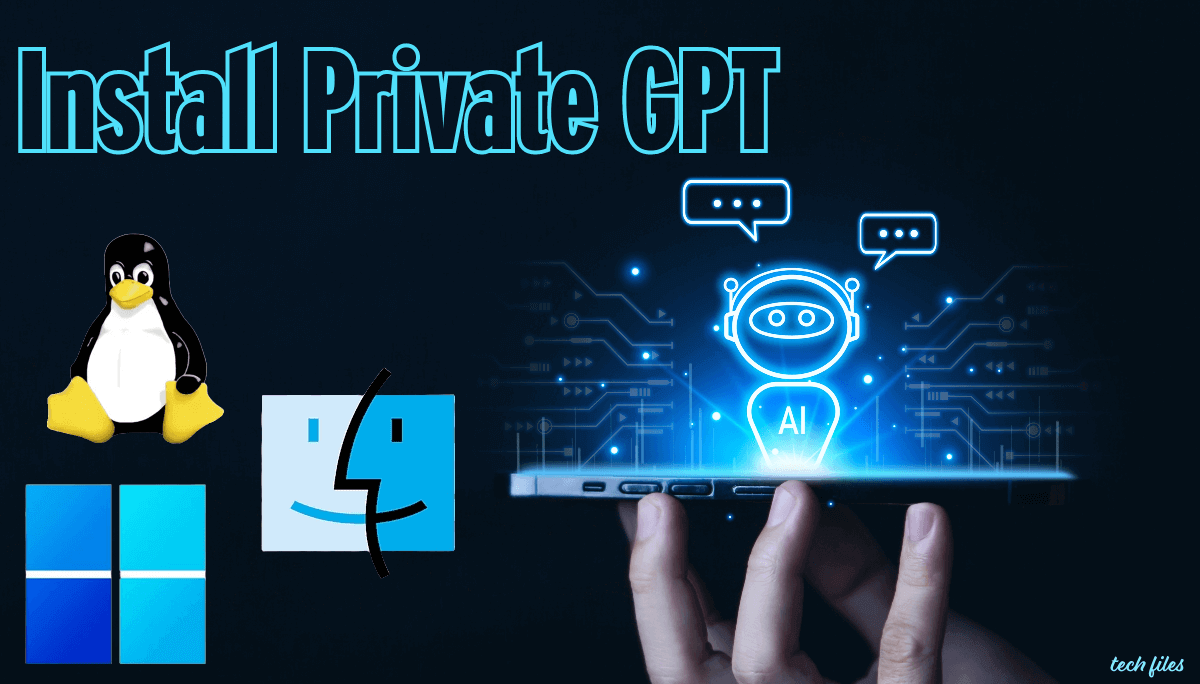

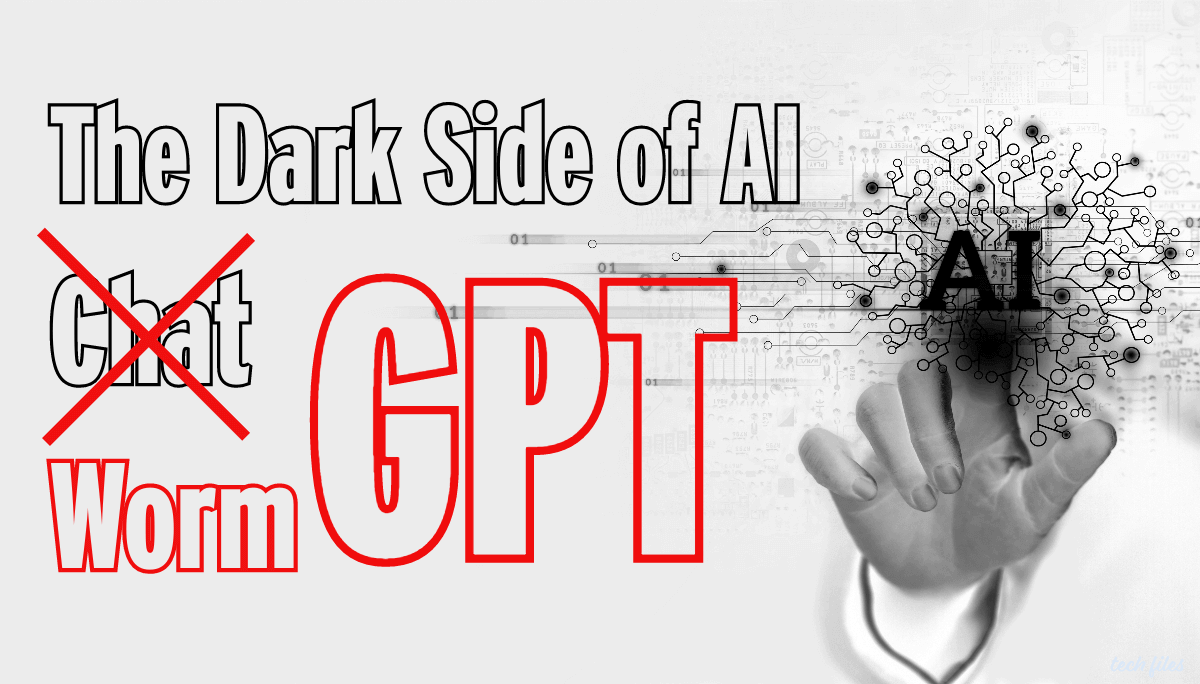
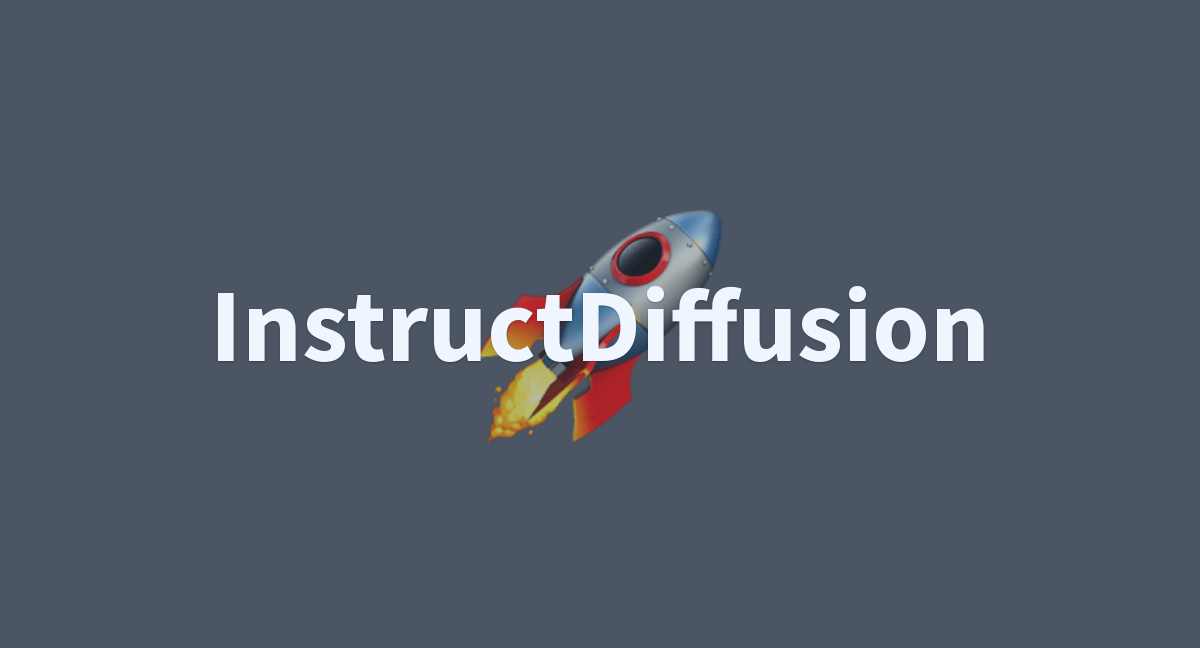
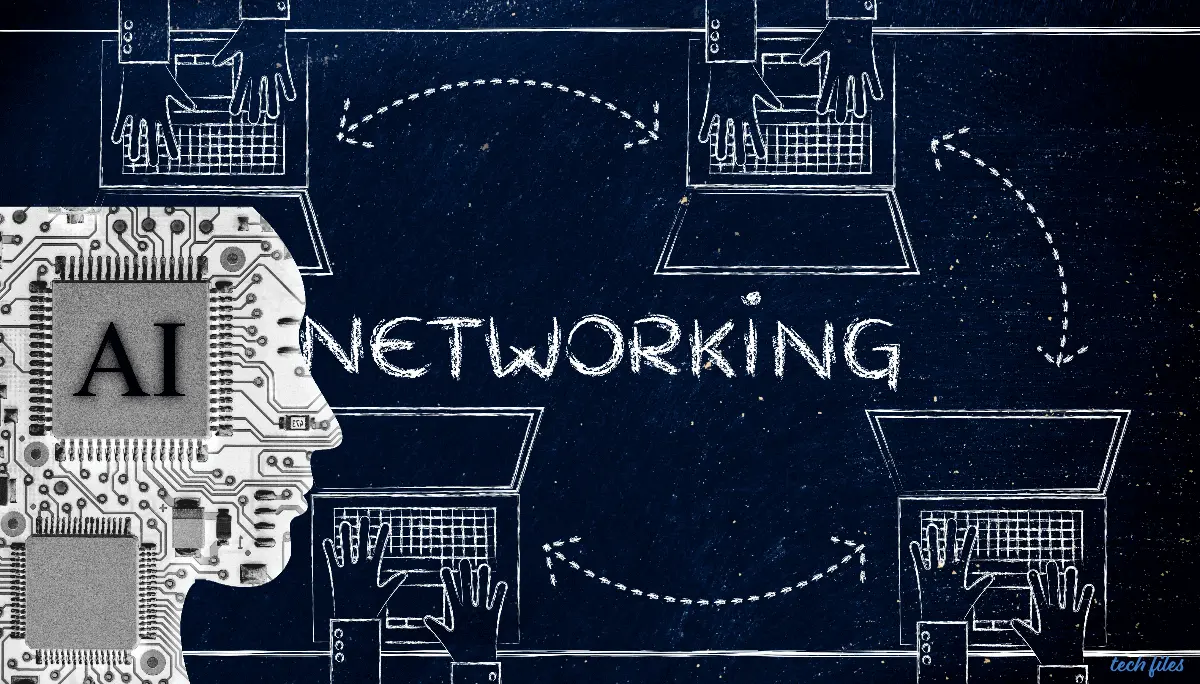
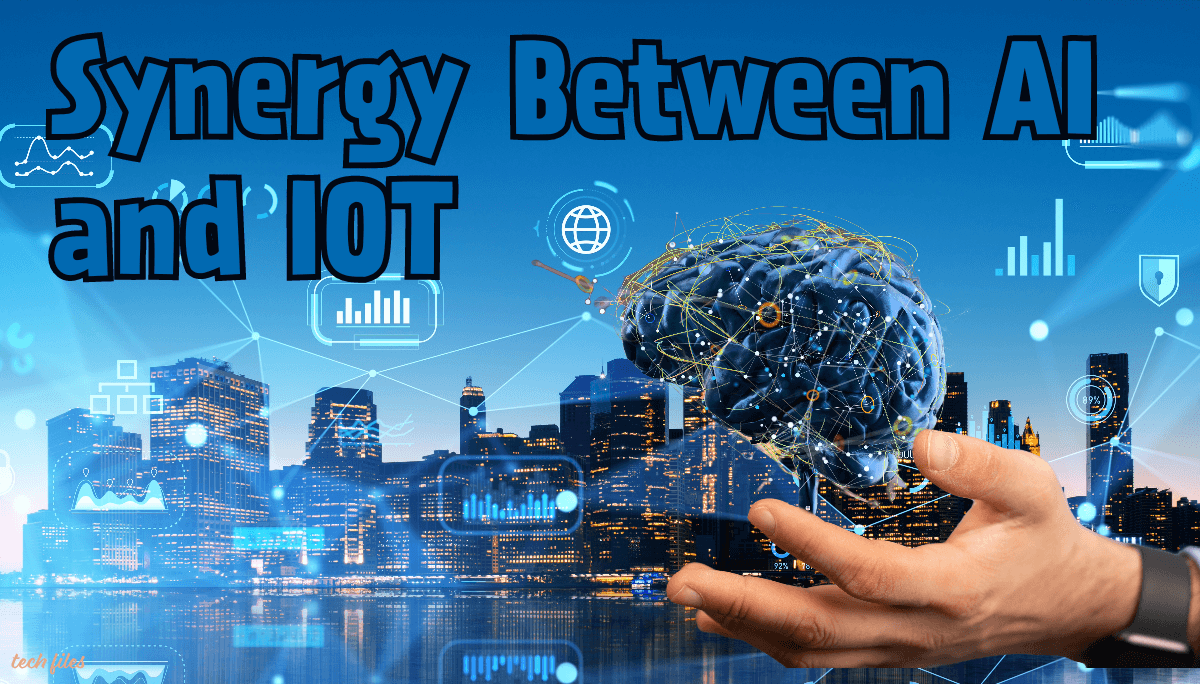
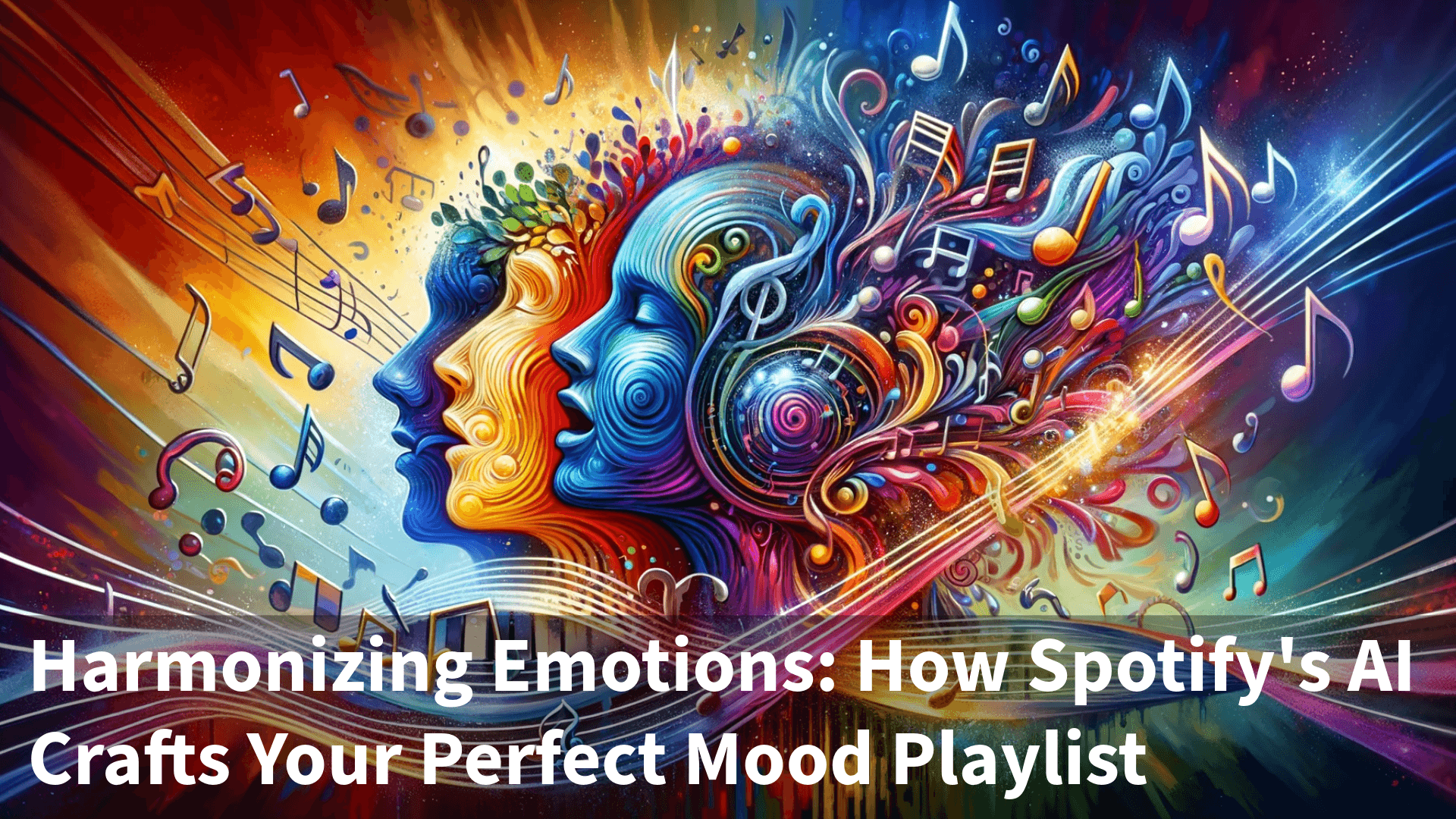
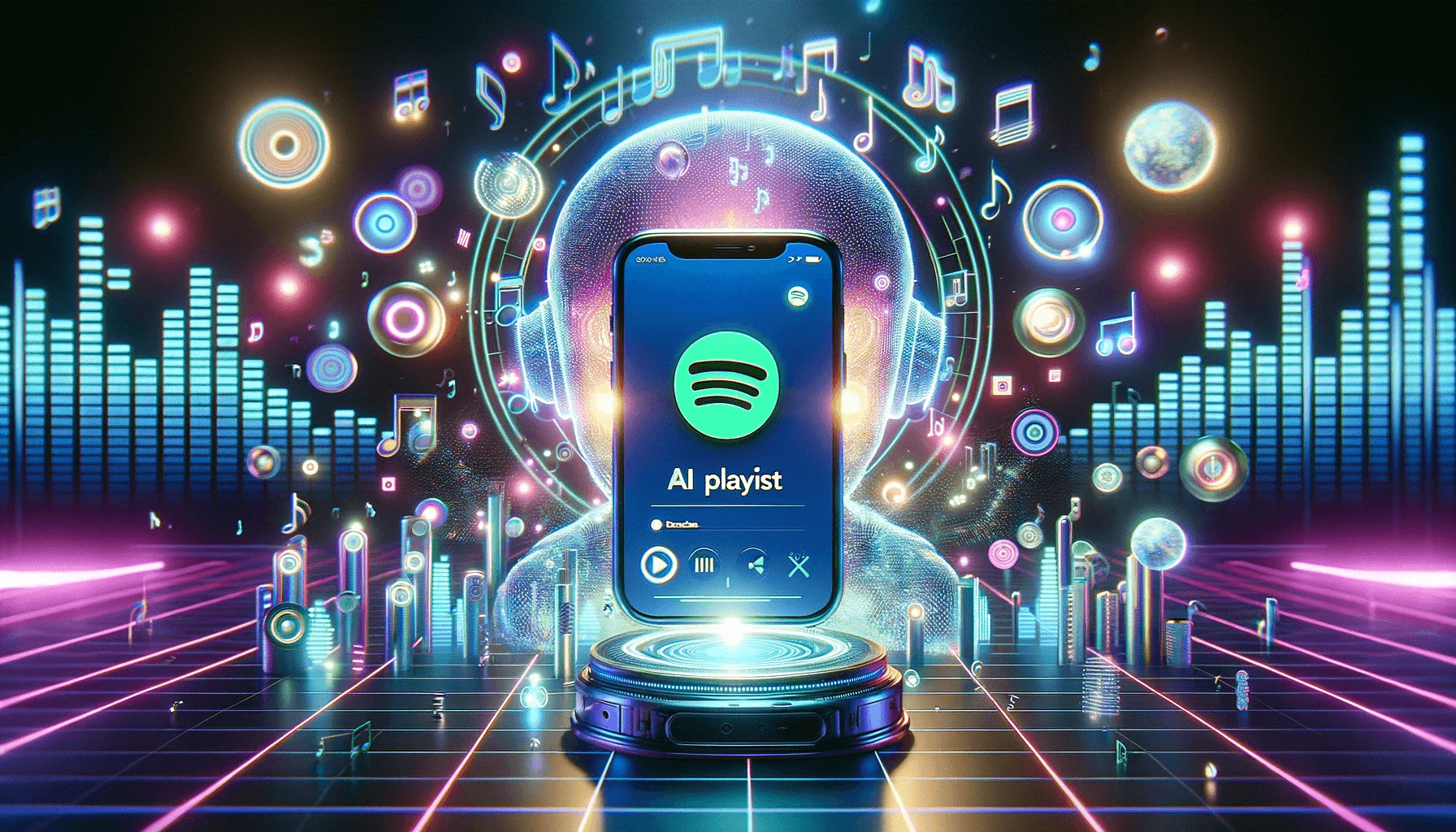


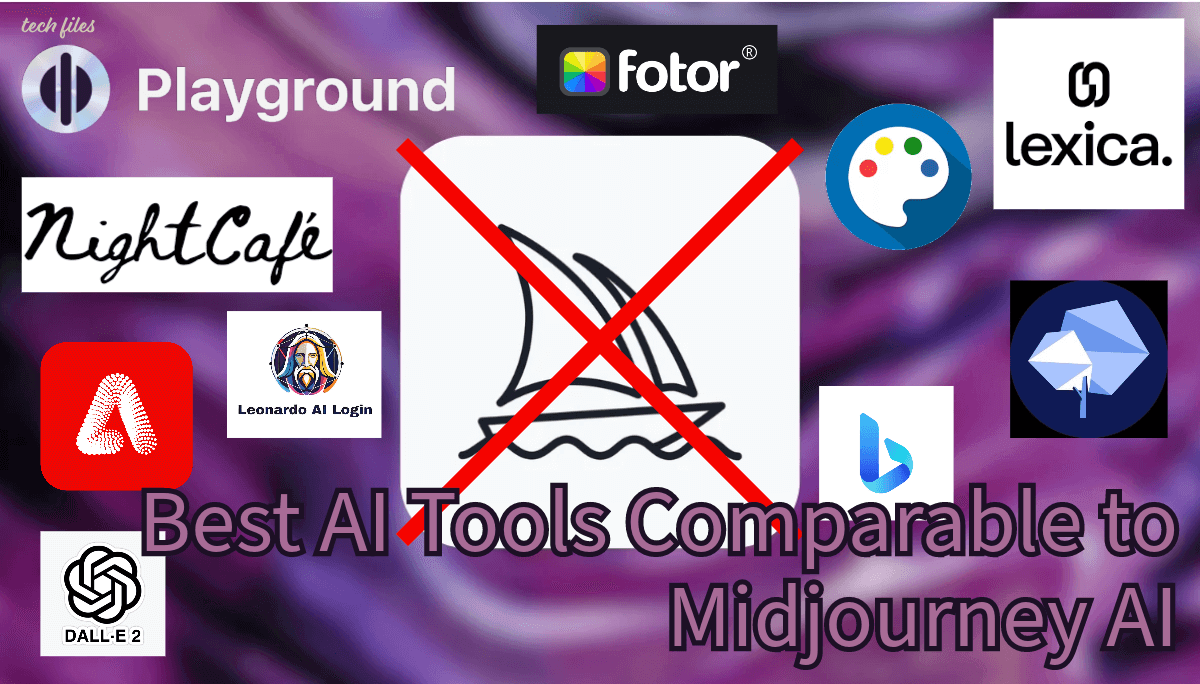

Sharing is caring!